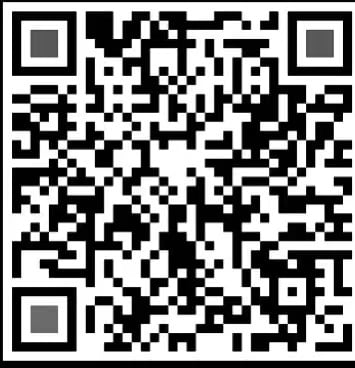- the product or service received does not match the description;
- the product or service was simply not received within the agreed time frame;
- duplicate payments or fraud;
- transactions not authorised by the cardholder;
- incorrect transaction information;
- the business ceases to operate and does not provide the purchased product or service.
Chargeback has a time limit, usually ranging from 45 to 120 days from the date of the transaction. You will need to check with your bank for the relevant time limit. Banks may refuse a chargeback request that exceeds the corresponding time limits.
As a consumer, we strongly recommend that you keep all forms, emails, documents, or web pages that you fill out, read, or receive at the time of purchase. You will most likely need to provide these documents to the bank to support your chargeback request.
However, it should be noted that you may not be able to apply for chargeback from the bank under the following circumstances:
- Payment in cash, cheque or BPAY, etc;
- Can be compensated by insurance or other means;
- Time limit exceeded.
- Bank-related fraud includes fraud relating to credit cards, loans, electronic fund transfers, cheques, ATMs, and mortgages. You can report this type of fraud to your bank and the Australian Cyber Crime Security Centre.
- Tax-related fraud, you can report it by calling the Tax Office on 1800 008 540 or emailing to [email protected].
- Superannuation fraud can be reported to the Australian Prudential Regulation Authority.
- Telecommunication fraud can be reported to the relevant service provider.
- Internet auction fraud and overseas advanced fee fraud can be reported to the Australian Cyber Crime Security Centre.
- For all other frauds, you can also report them directly to your local police station.
Conclusion


